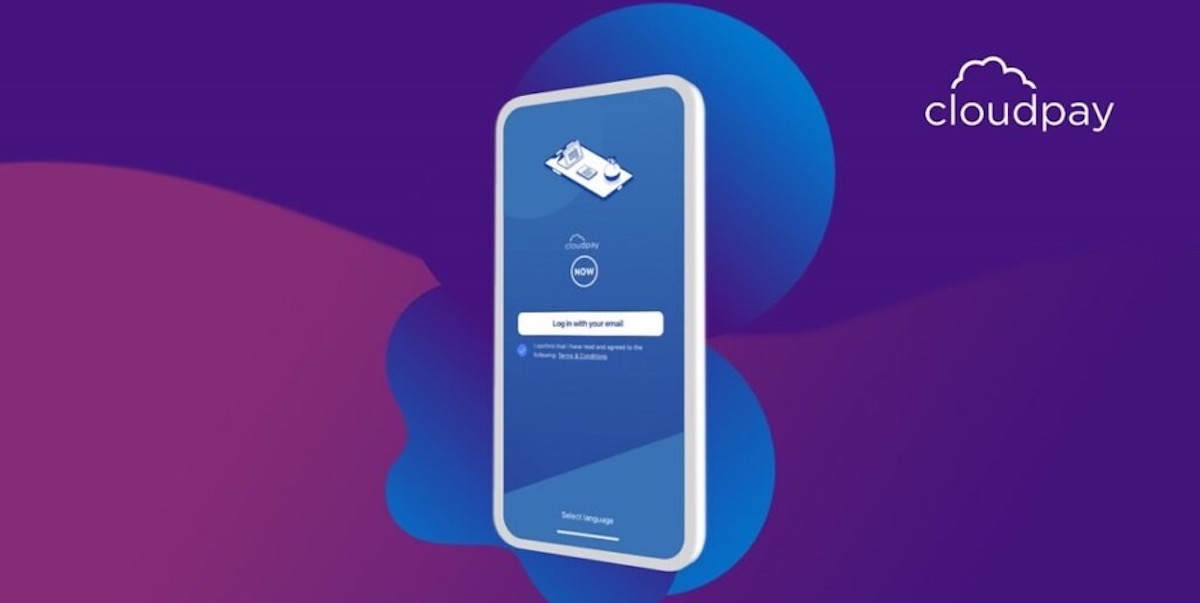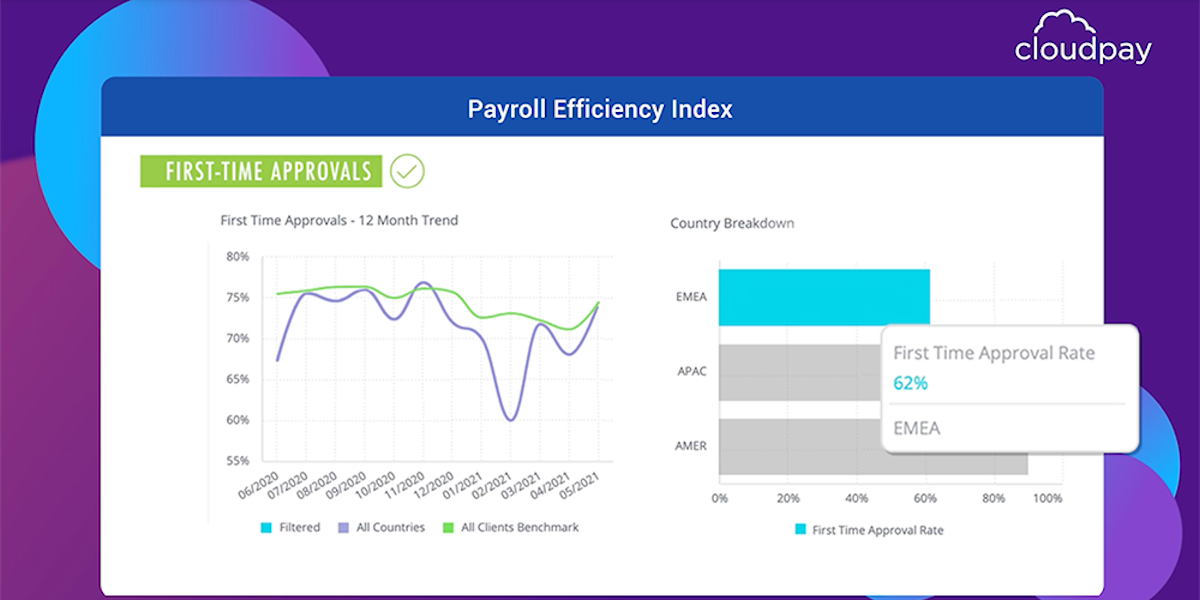The Future of Payroll Is Fintech
CloudPay is a Business Reporter client.
Society has moved to a more on-demand lifestyle. We look for instant gratification in all areas of our lives, and tech-savvy consumers expect immediate access to entertainment, news and financial services at the click of a button. According to a recent Prosper Insights & Analytics survey, over two-thirds of Americans now use mobile payment apps.
Now, the traditional function of payroll is embracing the on-demand economy and turning to fintech to revolutionize how companies pay their employees. In payroll, advances in software have made consolidation, standardization and regulatory compliance easier to achieve. At the same time, improvements in technology and money movement networks are making it easier for companies to cater to new employee preferences. Employees can now access a ubiquitous mobile app that combines new payment methods to give them on-demand access to what’s rightly theirs: earned wages.
Consumer fintech and on-demand pay
Most businesses run payroll once or twice a month. But recent fintech developments have opened up new possibilities for companies to pay their employees on-demand. Employers can offer on-demand pay through a cloud-based money movement solution made accessible to employees as a downloadable mobile app. Employees log in at any time, see how much they’ve earned and draw down their pay when they need it. It provides the freedom to manage financial commitments as needed throughout the month.
Also referred to as earned wage access (EWA) or flexible pay, the service is offered by several solutions specific to geographical regions. But CloudPay recently launched the first global solution for multinational companies to offer to their employees around the world: CloudPay NOW.
According to EY research in 2020, 80% of individuals indicated they would use a form of on-demand pay. And it’s not just a benefit sought by lower earners or individuals of lesser financial means; it’s about timing and cash flow. With $756 billion in outstanding credit card debt in the U.S. and £72 billion in the U.K., credit cards remain the most common form of debt. So earlier access to earned wages and financial well-being tools can address misaligned cash flow and potentially reduce the significant cost of credit card debt for individuals.
The CloudPay NOW app provides easily accessible financial well-being tools and information for use while financial decisions are being made.
For businesses, offering EWA as part of a benefits package is an opportunity to provide a high-value benefit for relatively low cost. EWA can demonstrate a company’s commitment to the well-being of its workforce, helping employers stand out from the crowd in the competition for talent and talent retention.
Accelerated digital payment methods
Standard payroll payment cycles are typically three days long. But it’s possible to reduce this process to seconds by deploying new card payment methods.
Virtually instantaneous payments to debit and credit cards and e-wallets are made through card rails rather than traditional banking rails, which take much longer to process.
Businesses can use a single interface to access multiple payment solutions and issue payments to employees, statutory bodies and third parties in hundreds of different currencies around the world.
This virtual world of money movement provides employees a choice of payment types that suit them, and gives employers backup payment options and a potential reduction in costs.
The added speed from card rails means capital is retained for longer. Payment cycle time is reduced, security is strengthened and it’s a fast solution for errors.
Global business needs a global payroll system
Global payroll systems have transitioned from local vendor experts providing managed services to aggregator models using middleware and single contracts. But global business really needs one consolidated system of unified tools, workflows, data and people, all using a single source of truth.
Such a unified and standardized system is made possible with the deployment of a global payroll and payments software platform used by all internal and external parties involved in the payroll.
Managing global payroll effectively requires real-time visibility into what’s happening across the entire payroll function. Separated data sources slow down the reporting process and leave analysis wide open for errors.
Once the global payroll system is consolidated into a single platform, next-generation analytics will visualize and interrogate the data in context to deliver tangible business insights that optimize payroll process, deliver workforce analytics and inform hiring decisions and boardroom-level conversations.
This unified technology approach creates the gold standard in managing global complexity, security and compliance.
Payroll automation and software integrations
Data validation is clearly the bedrock of any payroll system—validating data inputs to calculate pay and data outputs to process the resulting payments.
AI-driven robotic data validation can automate up to 85% of data validation checks. It throws up repeatable exceptions and differences in data inputs and outputs, and works to customize payroll controls; exceptions are therefore flagged for swift resolution.
Software integration is a critical success factor for any business transformation. Integrations between human capital management (HCM), enterprise resource planning (ERP) systems and the payroll platform provide business efficiencies and a superior user experience for employees, such as allowing them to access pay slips alongside other key information in a single place.
EWA is a dramatic development in payroll. Driven by consumer demand and technology, it offers a compelling economic case for employers and flexibility and peace of mind for employees. It can be deployed as an addition to an existing payroll system and does not create an additional administrative burden. The risk and investment are low and the benefits to progressive employers and employees are real in terms of employee well-being and retention.
Fintech has ushered in a new era for payroll. At CloudPay, we think of it as the modern pay experience for employers and employees. Automating and unifying the old manual processes, introducing faster, more flexible payment methods and inventing on-demand pay have made the future of payroll available to us today.
To learn more about earned wage access and CloudPay NOW, visit cloudpay.com.

—Paul Bartlett is CEO of CloudPay, a global payroll, payments and earned wage access solution for multinational organizations. Bartlett has deep experience helping companies improve the efficiency and scalability of their operations using technology and services. As CEO, Bartlett spearheads corporate initiatives focused on automating global pay processes to improve employee experiences.
This article originally appeared on Business Reporter. Header image credit: iStock id1179282276 Body images credits: Courtesy of CloudPay




